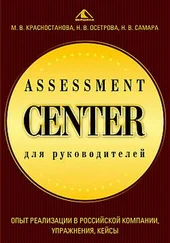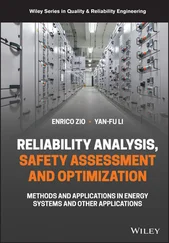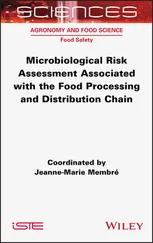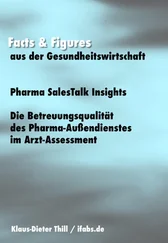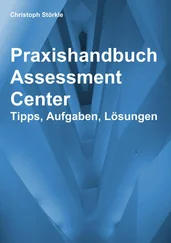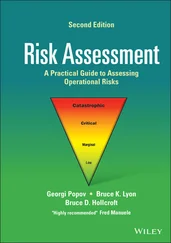The second author would like to thank Alma Mater Studiorium Università di Bologna for giving him the opportunity to spend eight months at the university while working on this book. A special thanks to Professor Valerio Cozzani for organizing the visit.
We also acknowledge the editorial and production staff at John Wiley & Sons for their careful, effective, and professional work. In particular, we would like to mention our main contacts in the final stages of preparing the book, Kathleen Santoloci, Benjamin Elisha, and Viniprammia Premkumar.
Several definitions used in this book are from the International electrotechnical vocabulary (IEV) http://www.electropedia.org. We appreciate the initiative of the International Electrotechnical Commission (IEC) to make this vocabulary freely available. References to the vocabulary are given in the text as IEV xxx‐yy‐zz, where xxx‐yy‐zz is the number of the definition in the IEV.
Definitions 3.1, 3.2, and 3.3 as well as a modified version of Figure 4 from ISO 31000:2009, definition 3.6.1.3 from ISO Guide 73 and definition 3.5 from NS 5814 have all been reproduced under license from Standard Online AS June 2019. ©All right reserved. Standard Online makes no guarantees or warranties as to the correctness of the reproduction.
Several references are given to publications by the UK Health and Safety Executive (HSE). This is public sector information published by the HSE and licensed under the Open Government License v.1.0.
During the writing of the book, we have read many books, scientific articles, standards, technical reports, guidelines, and notes related to risk assessment. We have tried to process, combine, and reformulate the information obtained, and we have tried to give proper references. If we unconsciously copied sentences without giving proper reference, it has not been our intention, and we apologize if so has happened.
Risk Assessment: Theory, Methods, and Applications is accompanied by a companion website:
www.wiley.com/go/riskassessment2e
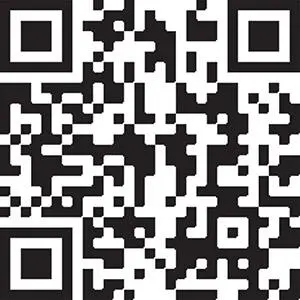
The website includes the following materials for students and other readers:
A supplementary report (in PDF format) covering:– Listings of relevant scientific journals, conferences, societies, organizations issuing standards, software providers, and universities providing education programs in risk assessment.– Listing of important major accidents that have occurred after the book was published.– Suggestions to further reading (mainly with URLs) for each chapter.– Comments and extensions to the material provided in the various chapters.– Other material.
Slides to each chapter of the book in PDF format
Errata – Lists misprints (when they are revealed) and possible errors in the book.
The website includes the following materials for instructors:
Solutions to the end-of-chapter problems in the book.
Additional problems with solutions.
Guidance to planning a course in risk assessment; lecture plans, suggested problems, etc.
The companion site will be updated from time to time, so please check the version numbers.
Chapter 1 Introduction
1.1 Risk in Our Modern Society
In the Middle Ages, some of the leading engineers and architects were employed as church builders. In this period, churches changed from being built in the Romanesque style to the Gothic style. This transition implied a move from fairly massive stone structures with thick walls, limited height, and relatively small and few windows to a style with much more slender structures, rising higher, and with more and larger openings in the walls for windows. This technological development had a price, with frequent collapses of the new churches. A prominent example is the collapse of Cathedrale Saint‐Pierre de Beauvais in 1284 and then again in 1573 (Murray 1989).
 Figure 1.1The Beauvais Cathedral (Source: Photo by David Iliff. License: CC‐BY‐SA 3.0).
Figure 1.1The Beauvais Cathedral (Source: Photo by David Iliff. License: CC‐BY‐SA 3.0).
This is a good example of how technology traditionally has evolved, through trying and failing. The church builders of the Middle Ages moved beyond what had been done earlier, and this sometimes led to catastrophic failures.
In the Middle Ages, accidents were seen as acts of God, punishing man for attempting to construct such huge buildings. Today, we have a different view on why accidents occur, and society is not willing to accept failure to the same degree as in the Middle Ages. Accidents result in loss of life or serious environmental damage and are often very expensive. Over the last few decades, concepts and techniques have been developed to help us understand and prevent failures and accidents before they happen, rather than just trying to learn from failures that occur. Application of these techniques is what we normally call risk analysis or risk assessment .
Risk assessments are systematic studies of what can go wrong in the future, describing it and evaluating if we need to do something to reduce risk. They might have been able to predict and prevent the collapse of the Beauvais Cathedral ( Figure 1.1) and the consequences of this if these methods were available in 1284. This book is mainly about methods for performing risk analyses, and the theoretical basis for these.
Using a word from everyday language, we may say that risk assessment is a method for systematization of foresight . The Merriam‐Webster online dictionary defines foresight as “an act of looking forward” and this is exactly what we are trying to do when we analyze risk.
We have now started using terms, such as risk, risk analysis, and risk assessment, without really explaining what they mean. For the purpose of this introductory chapter, it is sufficient with a layman's understanding, but proper definitions and discussions are given in Chapters 2 and 3.
Many trends in society have led to increased focus on risk and risk assessment. Partly, this is due to increased attention to and reduced willingness to accept risk, partly due to increased risk, and partly due to new and different risk sources being introduced or emerging.
Increased attention and reduced willingness to accept risk often go hand in hand. When accidents occur, in particular serious accidents, the media attention is very high and the interest among the general public is correspondingly high. More rapid and comprehensive access to news about accidents, through the Internet, has further increased our attention (and fear) of accidents.
The increasing focus and our reduced preparedness to accept accidents may be seen as a result of our increasing wealth. In the rich part of the world, many of the dangers that we were exposed to earlier, such as life‐threatening diseases, hunger, and war are far less prominent in our lives. Our basic needs are generally well attended to and our attention has therefore turned to other causes of death and losses. This can explain why there are large differences in legislation, regulations, and general attention to risk in rich and poor countries. From this point of view, the expectation that accidents should be avoided can be seen as a result of the increasing standards of living.
Many new trends and developments either increase risk, change existing risk, or introduce new sources of risk. Some examples of different character are given in the following.
Читать дальше
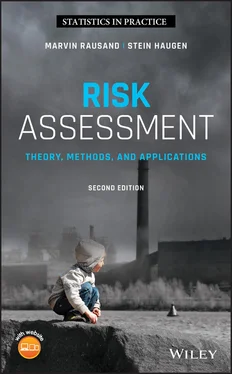

 Figure 1.1The Beauvais Cathedral (Source: Photo by David Iliff. License: CC‐BY‐SA 3.0).
Figure 1.1The Beauvais Cathedral (Source: Photo by David Iliff. License: CC‐BY‐SA 3.0).



